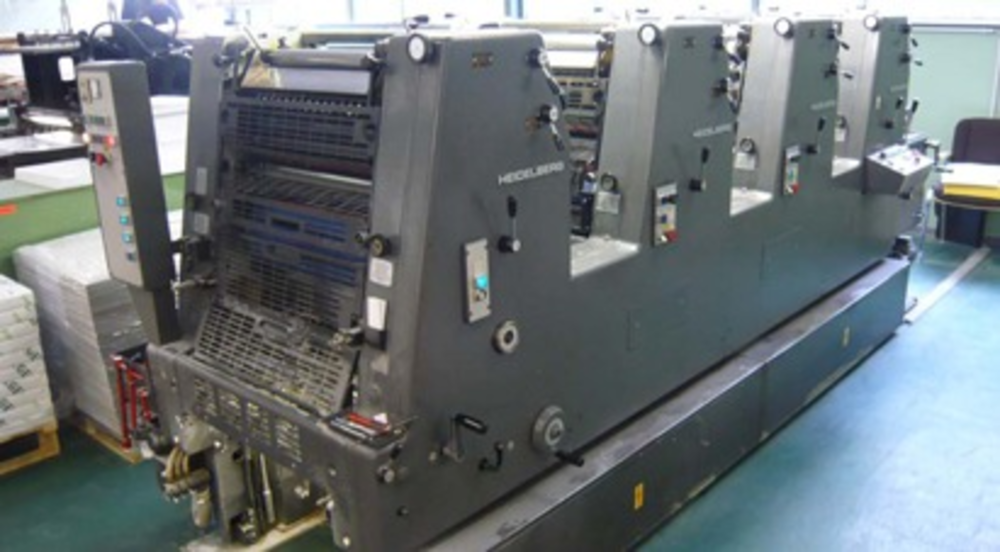The high-quality, four-color customized mailers that printers put out today simply were not feasible 30 years ago. Forget the fact that everything was still produced from film back in the early 1980’s and that mailing labels were self-adhesive, both adding significant time to the production cycle. The current generation of presses is so much faster, accurate and sophisticated than anything marketers have seen previously that one of the challenges facing the printing industry is how to collaborate with the marketing community to best take advantage of the new capabilities.
“The exciting challenge for everyone in the supply chain is to help mailers take full advantage of these capabilities,” says John Coyle, president of RR Donnelley’s catalog, direct marketing and retail services division. “Working with the marketing community today involves much more than just sharing an equipment list,” and needs to include the marketer sharing its strategic vision with its commercial printer, he continues.
It all began with the first digital printers. “An evolution started in the early ’80s away from impact printers with the introduction of the first laser and inkjet printers,” says Michael Beddor, CEO at Japs-Olson. “It was a huge adjustment as these presses were rolled out into the industry.”
With the newer presses running 10 times faster than old ones, however, printers found ways to make changes. Every four or five years, another advance in printing technology would come along and the quality and speed at which direct mail could be produced would escalate again.
The move to laser and inkjet imaging enabled the first cost-effective campaigns with basic customized content, such as the recipient’s first name. Database software tools and variable imaging tools continued to improve in the ensuing years. It wasn’t until recent developments such as the new high-speed inkjet presses from companies such as Océ and HP that quality four-color personalized pieces could be produced cost effectively at higher offsets, without extra costs.
“The ability to do targeted one-to-one marketing in four colors at high resolutions has effectively changed the face of direct mail,” says Coyle.
Mailings are more relevant, meaning higher response rates and less dissatisfaction with direct mail from consumers. But while these advancements have proved promising for the printing industry, it still faces a significant challenge in declining direct mail volumes. Higher production costs, the rise of digital marketing and even digital printing — its ability to do targeted mailings means marketers mail fewer undeliverable pieces — have contributed to the drop.
One of the biggest differences in the printing industry today “is the availability of alternative marketing channels that also provide clear tracking results, like e-mail and search engine marketing,” says Barry Bogle, VP of business development at Worldcolor Marketing Solutions Group (previously Quebecor World.)
With direct mail competing with digital media for a piece of the marketing budget, savvy printers have transformed themselves into more fully-rounded communications partners. “We have become more adept at helping mailers to create synergies with other media,” says Coyle.
Despite digital media’s shiny newness, however, there are marketers that remain dedicated to direct mail for its ability to reach a wide swath of American consumers and to provide demonstrable ROI. It also has a physicality that is attractive in an increasingly digital world. Some of the tried-and-true mailers include financial services companies, which were among the highest volume mailers for years until recent declines and telecommunications providers, which have pushed the envelope on color, quality and innovative formats in volume mailings. Dell is also considered an innovator for its use of direct mail to build a personal computer business.
Increased costs, such as those for paper and postage, have made it difficult for printers to compete with digital channels. “These cost pressures have led to mail delivery losing its efficiency advantage to digital media,” says Bogle.
A new segment of the printing industry has popped up in the past decade revolving around reducing postal costs for mailers and including services such as commingling, co-palleting and co-mailing. “The realization and understanding that postage is for many clients that largest cost of production” has forced printers to develop postage reduction programs, Beddor says.







